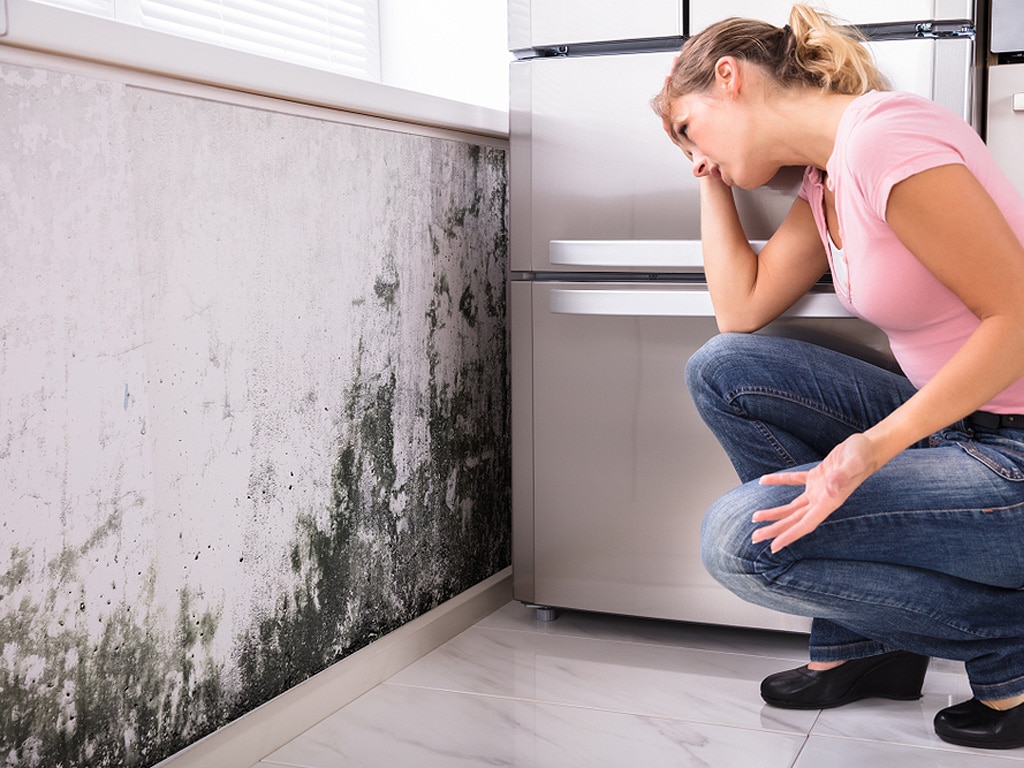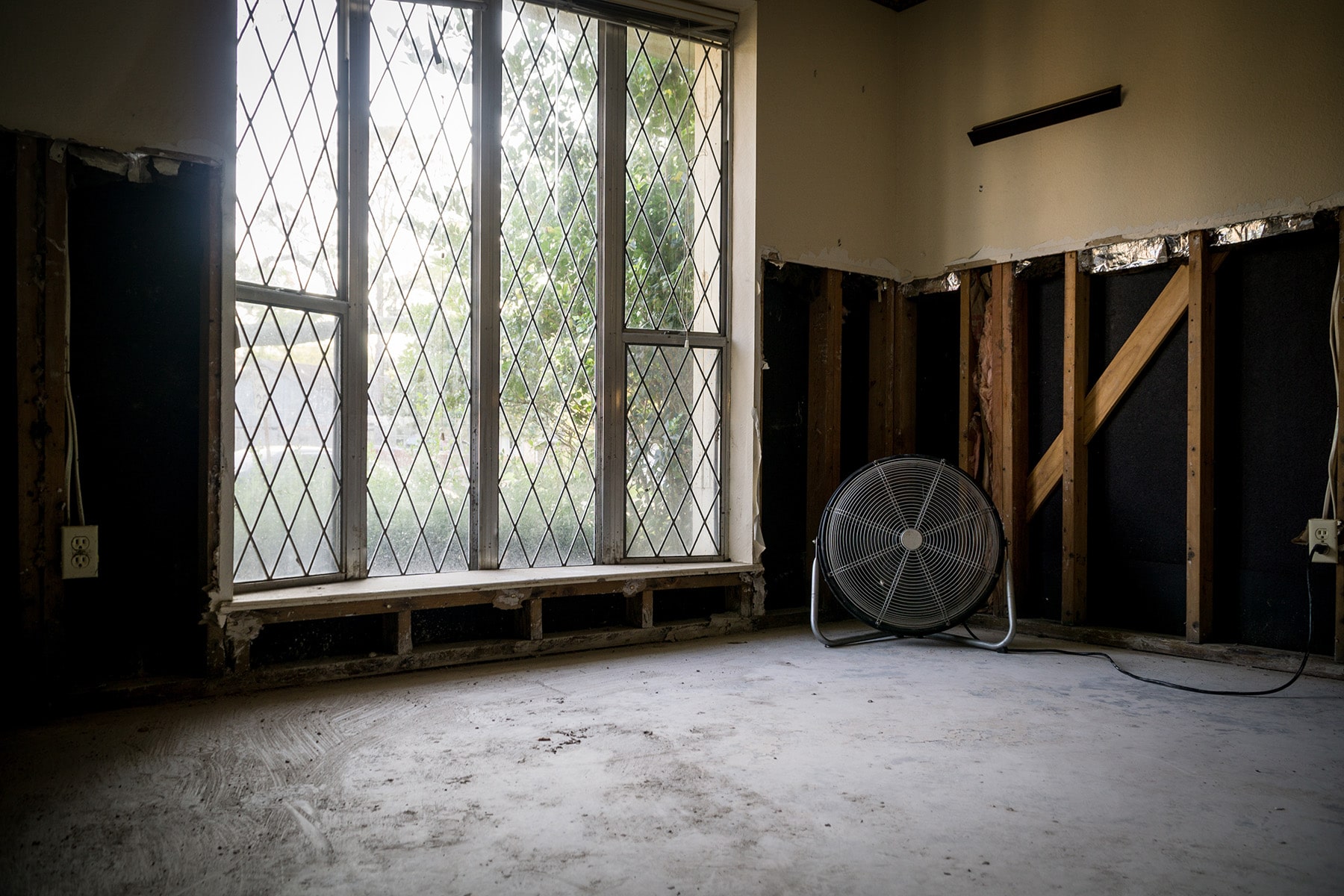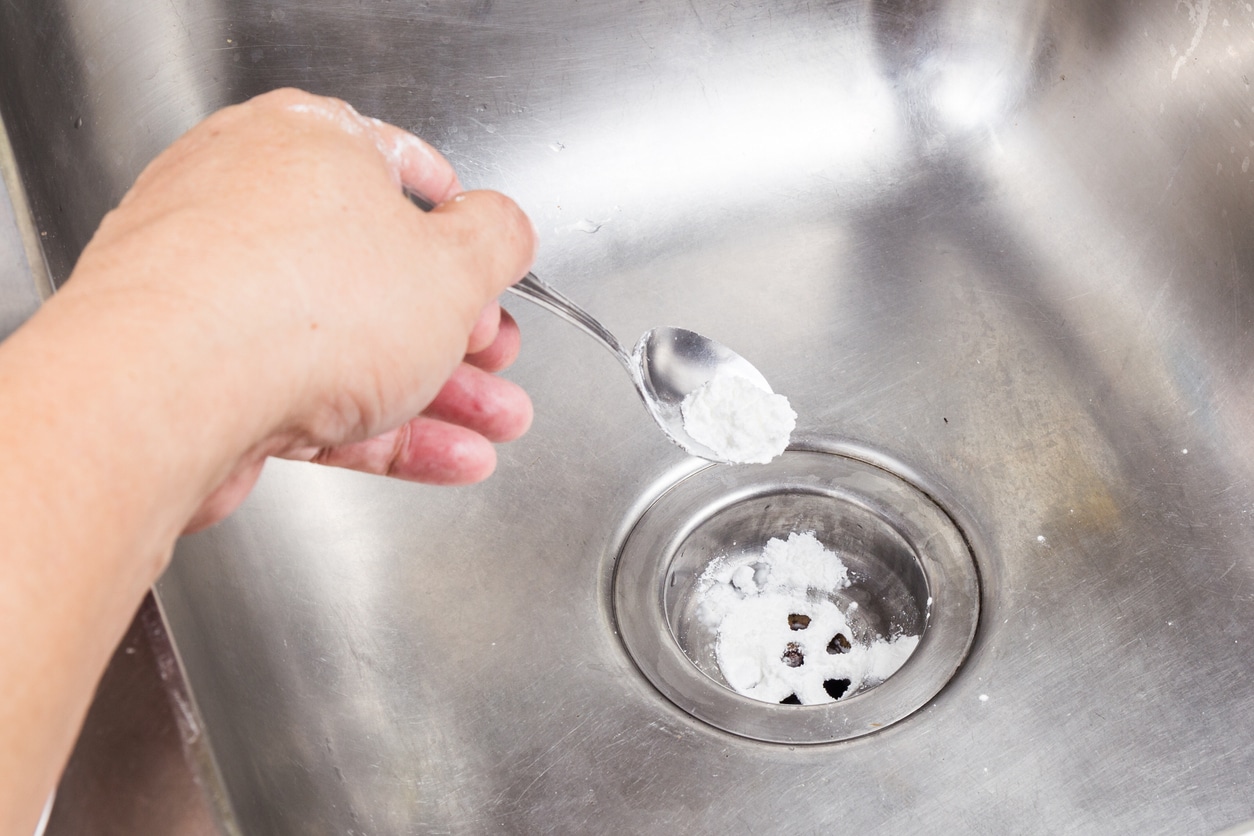Do you know what you can be cleaned and kept after a flood? After a flood, the flood cleanup process is critical in making the best of a bad situation. Some key information will dictate which of your items you can save. Other damaged items can waste a lot of your time and energy with no positive result. As a for instance, smooth surfaces are the most likely to be savable. When you see mold in the bathroom, it’s most likely growing out of the grout, which is porous. However, it can grow out onto the tiles as well. Because the tiles are not made of organic materials, they are usually recoverable with sanitization and stain removal. Glass, plastic, and stone are among the easiest to recover from the mold with simple cleaning tactics.
Porous items such as fabric, wood, wicker, paper, drywall, and carpet, on the other hand, are much more complex to rescue. Your ability to recover will depend mostly on how damp the items become, and how far gone they are. Prompt action after a flood is vital. The worst thing you can do is let the flood dampen your spirits as well. You must take immediate action. Lost time allows damage to worsen, and mold to grow rapidly.

Fabric and Drywall
Only lightly moldy fabric such as clothes and curtains can be washed in hot water with normal detergent. This may take perhaps two or three times cycles to remove the mold and save the item. Drywall and wood with discoloration and a few dark patches can only sporadically be saved. The same process should be used as the way you would recover your tiles. Sanitization, scrubbing, a weak bleach mix, and stain removal can sometimes work. However, as in the case of sheetrock it is a risky proposition to leave mold infested sheetrock in place. Mold will grow rapidly, and can infiltrate multiple floors of your home. This not only damages your property, but presents a health risk as well. For instance, in the above photo, proper flood cleanup would include sheetrock being removed and the wall demolished down to the studs.
Furniture Flood Cleanup
Upholstered furniture that has experienced flooding or begun growing mold in a moist environment is among the most difficult to recover. That is manily because you will likely have to remove the upholstered fabric to make a difference. However, if you catch the mold early, soaking the furniture in a sanitization solution can rescue it without fabric-surgery. In most cases you are best served by calling a mold remediation specialist.

Books and Papers
Because paper products like books, paperwork, and cardboard boxes will be destroyed by a wet cleaning solution, these are usually a lost cause to rescue. However, if there is something vital or precious that has been infested with mold, there is a pricey freeze-drying technique to rescue the paper. To make this easier, set the moldy items in a plastic container in your freezer until you can freeze-dry remove the mold at a later date. Mold will not grow in a sub freezing environment.
On the bright side, older glossy photos can usually be saved. Glossy or embossed items do not allow moisture to penetrate. Always remember to disinfect any item, even if it looks undamaged.
The Point of No Return
However, no matter how much you might want to save something, there is a point in mold infestation where the material has been completely compromised. Mold will break down anything it grows on. The mass of mold is often a clear indication of how much it has taken over your possessions. A thickly layered appearance means that there is probably no hope. On the other hand, a light, if wide-spread, discoloration is more likely to be recoverable. The point of no return is usually when the mold has become more massive than the material itself. In these cases spend your flood cleanup energies where they will be of better use.
If, for instance, you are looking at some curtains that were soaked in the flood and are moldy, it’s best to throw them out. Furniture with visible mold is almost always too far gone. The same goes for paper and cardboard products that can’t survive conventional sanitization. Mold in carpets can be removed, but the vast majority of the time, it has already become a part of your carpet and carpet pad by the time you get a chance to notice. On the other hand wooden floors frequently recover, even if they’ve buckled. Once the moisture is gone, wood floors can settle down to their original integrity and position. Another reminder, even in the case of wood flooring, mop over them with a weak bleach solution.
Stopping Mold Early Is Key To Flood Cleanup
In order to save the vast majority of your mold-infested possessions, it’s vital to attack mold early before it has a chance to start breaking down the material. This means that the moment you start seeing splotches of discoloration, it’s time to take action. If your home experiences a plumbing flood or if you’re worried that there might be mold or think you smell mold but can’t find it, you may want to sanitize everything that you believe is at risk even before you see the signs. Frequently a garden sprayer filled with a weak bleach solution is a great way to slow down or kill mold on accessible surfaces. If that doesn’t do the trick, call in professional mold remediation and water damage restoration flood cleanup services for help.
Rescuing your possessions from the mold is the first step. Rescuing your home and apartment from extensive water damage and mold infestation is what comes next. For more information about what to do after your home floods and how to minimize the damage, contact Balkan Drain Cleaning today!
SOURCE: https://www.angieslist.com/articles/should-i-clean-or-pitch-belongings-after-mold-removal.htm



